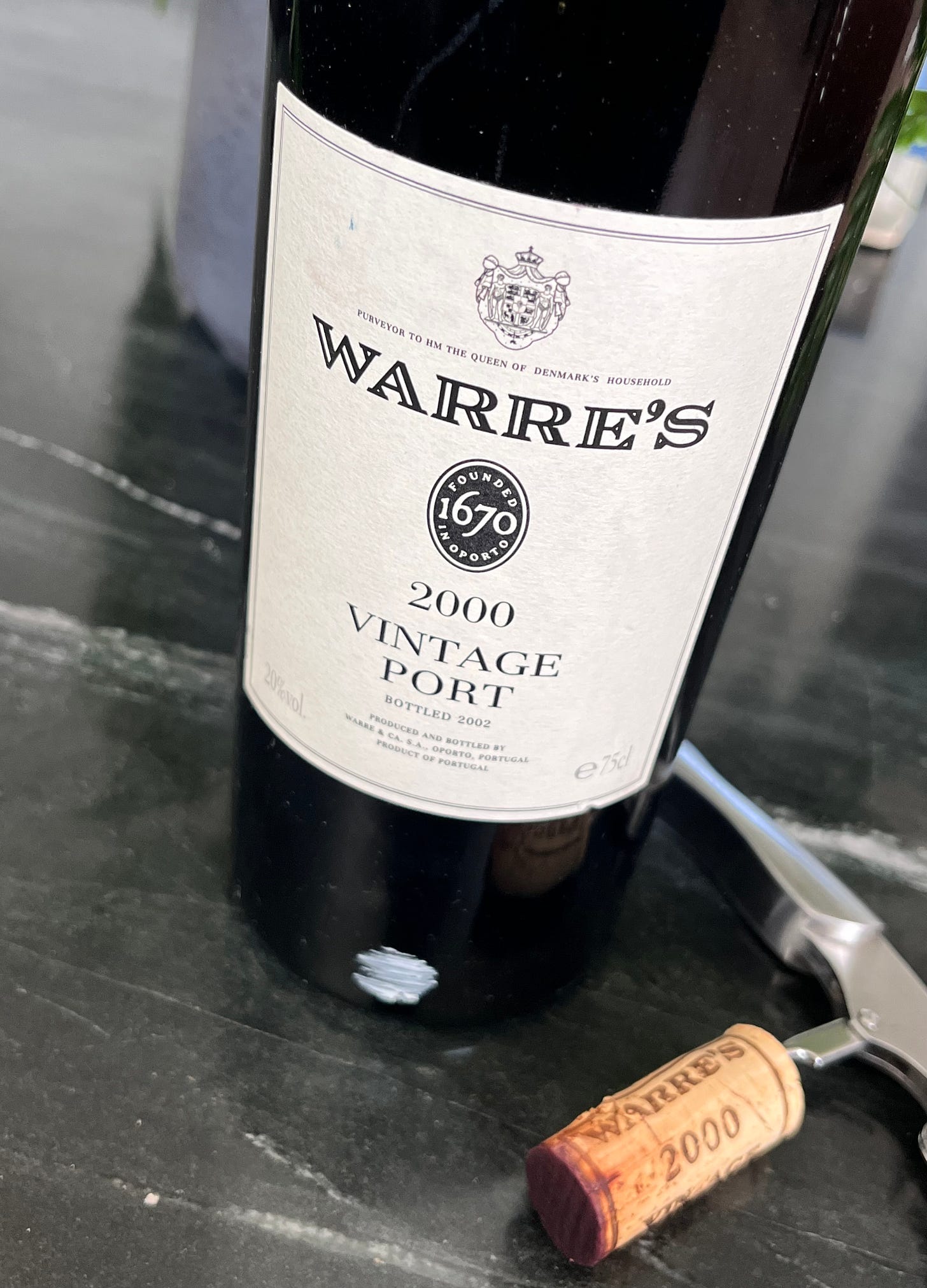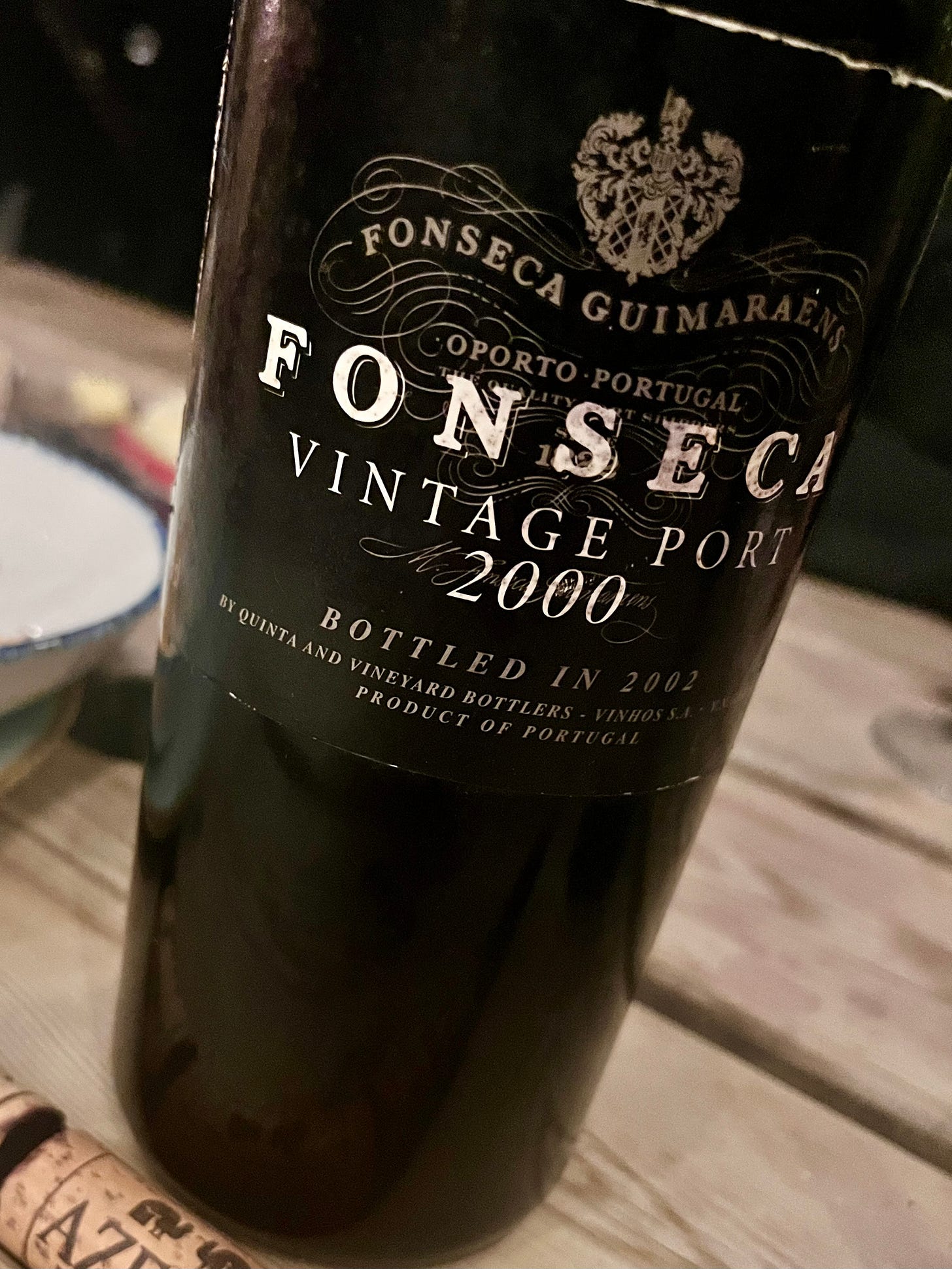I have always loved Port, but I haven’t always drunk it.
There was a period of some four or five years where I didn’t touch it. I’d had a rather disastrous experience testing the don’t-mix-your-drinks maxim by sticking to Port for evening drinks after being served it as an aperitif. The hangover the next day was so ferocious I couldn’t bear to look at fluids, making rehydration impossible and exposing the urban myth that sticking with one drink can help in matters of gratuitous overindulgence.
It wasn’t until I joined the wine trade that these wines started to come back into my life, and that happened thanks to aged Vintage Port. It’s a testament to the many qualities of Port that I was able to get over one of my most traumatic hangovers and fall in love again. I’d be lying if I said I remember the bottle, but I remember the unique flavour: baked blackberries, roasted figs, smoky paprika and a hint of fiery brandy.
That tasting note might ruffle a few feathers, since we obviously consider Port to be a wine, and the focus is firmly on the grapes, vineyards and winemaking—as it should be—so we don’t talk about the brandy. But Port isn’t all grapes because it has been fortified. The 2000 vintage was the one that marked the change from the rougher and fierier aguardiente (a sort of Portuguese grappa) used in the past for fortification to something more highly rectified and neutral.
Perhaps it’s fanciful, but I rather felt it in these wines compared to some other ports from, say, 1994 or 1997. There’s an extra plushness here that seems to have made the 2000 vintage much more approachable than might be expected as a mere 23 years old.
Both wines were superb. I’ve always had a soft spot for the intense, saturated and explosive house style at Fonseca, and the 2000 was on fabulous form, but equally the more peppery, spicy, structured style of Warre’s 2000 had a great appeal. It will mature over decades into something with an almost claret-like flavour, I suspect. If you know your early 18th century British economic history, you’ll appreciate the pertinence of that.
Warre is the oldest of the British port houses, established in 1670, a few years after the publication of Paradise Lost. We hear endlessly about the boozing preferences of Napoleon, but Warre’s ports were favourites of his nemesis, Wellington. Fonseca is one of the Portuguese houses and a relative newcomer, being founded in 1798, the same year that another poet, William Wordsworth, started his epic poem The Prelude. These connections don’t really matter to the wine, but they matter to me. For a wine with as much history as port, I’d rather have some context and background than a fancy tasting glass.
I don’t really want to mention Christmas in relation to Port but it is a crucial commercial time of the year for producers in the Douro, and I’d be a hypocrite not to, since it’s on my mind because of the time of year. So if you’re not going to buy Port except at Christmas, do buy more than you need now and take the time to age and savour it. These won’t be the last bottles I enjoy this year.
One last thing: aged Vintage Port is much better with mature farmhouse cheddar than stilton in my opinion. Stilton is better with a robust young LBV, but the stately progression of Vintage Port in bottle deserves something less intense. If you haven’t tried it, give a slice or two of Keen’s or Montgomery’s cheddar a go with your older ports to close out 2023 and let me know how you get on.






